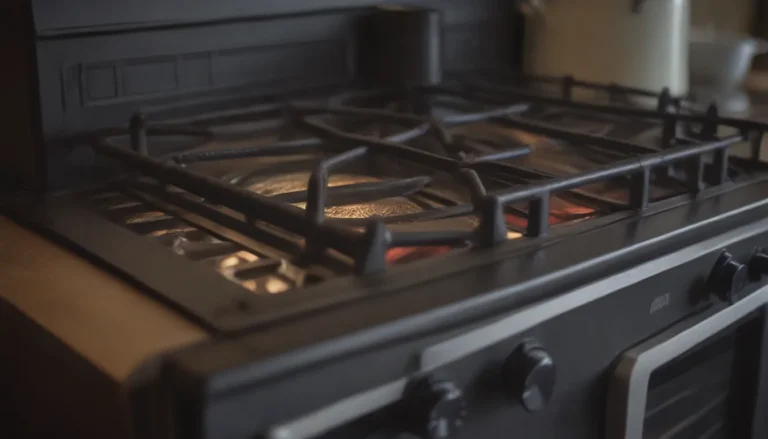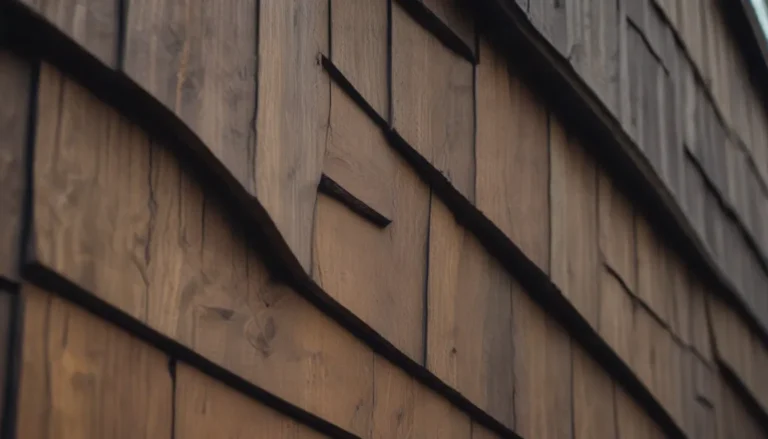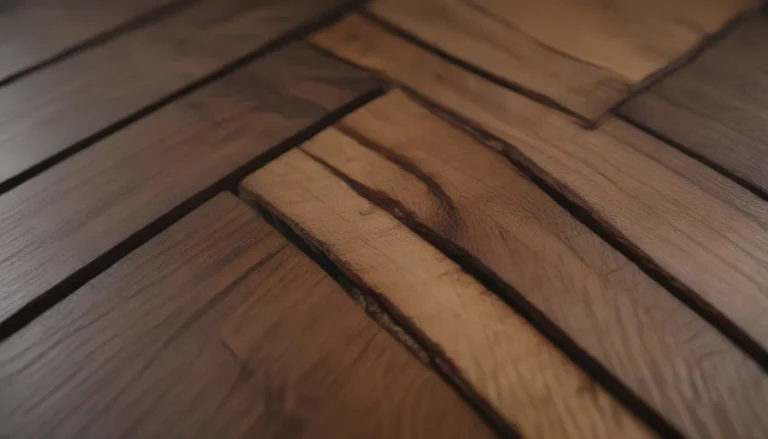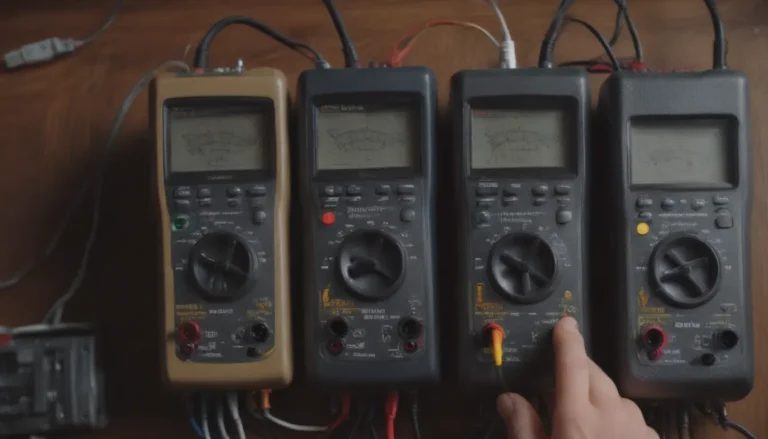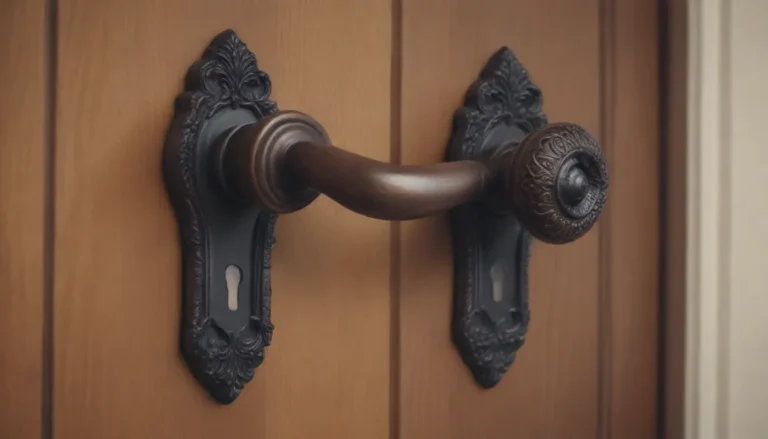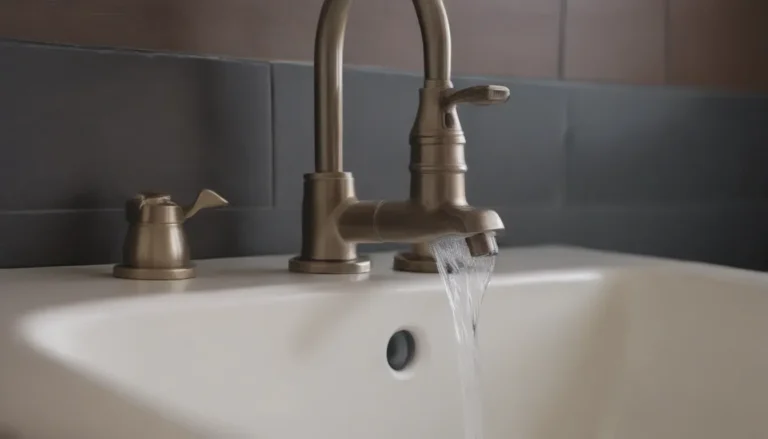The Benefits of Blow-In Insulation for Your Home
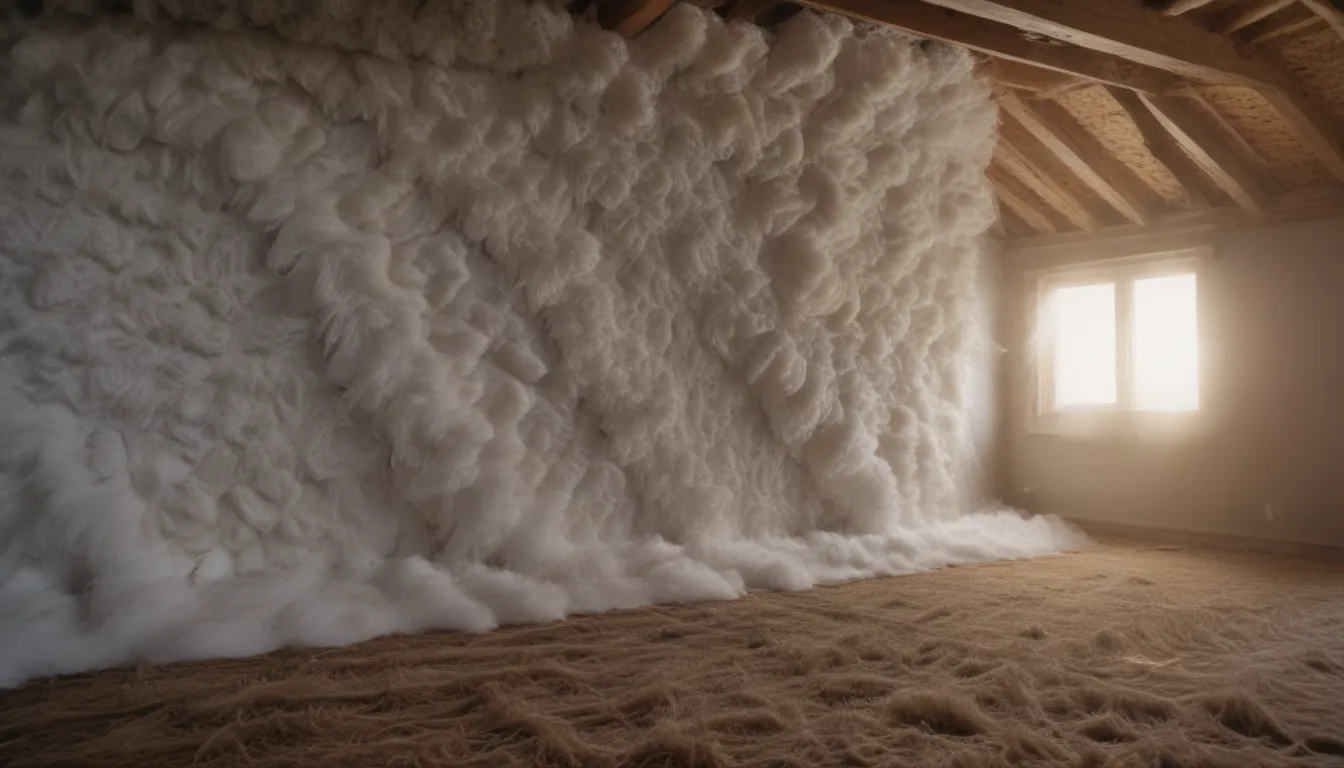
If you’re looking to improve the insulation in your home, you’ve probably heard of traditional fiberglass batts and rolls. But have you considered blow-in insulation as an alternative? In this article, we’ll dive into the basics of blow-in insulation, how it’s done, its advantages, and some drawbacks to consider. We’ll also compare blow-in insulation to fiberglass batts, so you can make an informed decision on what’s best for your home.
What is Blow-In Insulation?
Blow-in insulation, also known as loose-fill insulation, involves filling stud or joist cavities or covering attic floors with loose materials that have a good insulating R-value. While a variety of materials can be used for blow-in insulation, the most common material is cellulose. Cellulose insulation is made from recycled newspaper, cardboard, and other wood-based materials, treated with boric acid and other substances to make it flame and mold-resistant.
The installation process typically involves a mechanical blower/hopper that churns up the cellulose material and blows it through hoses to where it is needed. This method is preferred for existing construction, as it provides an efficient way to improve insulation in attics and wall cavities.
Advantages of Blow-In Insulation
Here are some key advantages of using blow-in insulation in your home:
- Faster installation: Blow-in insulation offers a quicker way to improve attic insulation compared to hauling and unrolling fiberglass rolls.
- Green product: Cellulose insulation is made from recycled materials, making it an eco-friendly option.
- Effective for existing construction: It is the best way to add insulation in existing walls and attics without major renovations.
How Blow-In Insulation is Installed
For Attics:
When insulating attics with blow-in insulation, a team of installers typically uses a blower hose to spray the insulation across the attic floor and into cavities. The insulation settles easily around obstructions in the attic, providing a thick blanket of insulation to achieve the desired R-value.
For Walls:
To insulate existing walls, technicians drill holes in each wall cavity and use an insulation blower to fill the cavities with cellulose or another loose-fill insulation material. The holes are then filled with plugs that can be painted to match the exterior walls.
In older homes with 2×4 exterior walls, two-component expanding closed-cell foam insulation may be a better option. This type of insulation acts as a vapor barrier and has a high R-value per inch.
What Is an Insulation Blower?
An insulation blower is a machine used to force insulation into wall cavities, attics, and other spaces. It consists of a hopper, engine, blower, and hose. While blow-in insulation may have some drawbacks, such as settling over time and difficulties with obstructions in walls, a skilled technician can work around these challenges.
Comparison with Fiberglass Batts
When comparing blow-in insulation to fiberglass batts, here are some factors to consider:
- DIY-Friendly: While DIY installation of blow-in insulation is possible, it’s often best left to the professionals.
- Material Cost: The cost of blow-in insulation is comparable to fiberglass batts.
- Installation Cost: Professional installation of blow-in insulation may cost slightly more than fiberglass batts.
- R-Value: Both blow-in insulation and fiberglass batts offer similar R-values.
Drawbacks of Blow-In Insulation
While blow-in insulation offers many benefits, there are some drawbacks to consider:
- Moisture retention: Cellulose insulation can take a long time to dry out if it gets wet.
- Fire risk: While relatively fireproof, cellulose insulation can smolder when exposed to high heat or fire.
- Settling over time: All blow-in insulation will settle somewhat over time, reducing its insulation value.
Before installing blow-in insulation in your attic, it’s essential to consider these drawbacks and ensure proper installation to mitigate any potential issues.
In conclusion, blow-in insulation offers a practical and effective way to improve the insulation in your home. Whether you’re looking to add insulation to your attic or existing walls, blow-in insulation provides a green, efficient solution that can enhance the comfort and energy efficiency of your living space. Consider the advantages, drawbacks, and cost comparison with fiberglass batts when deciding on the best insulation option for your home.
